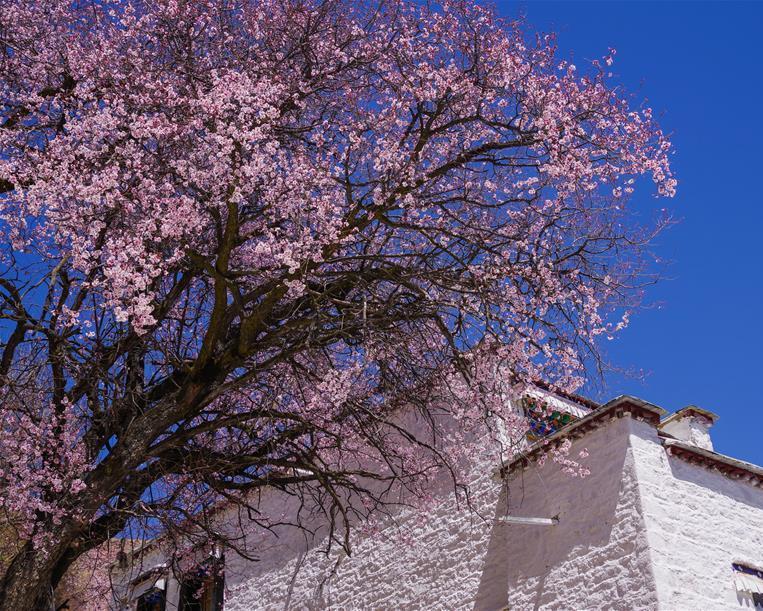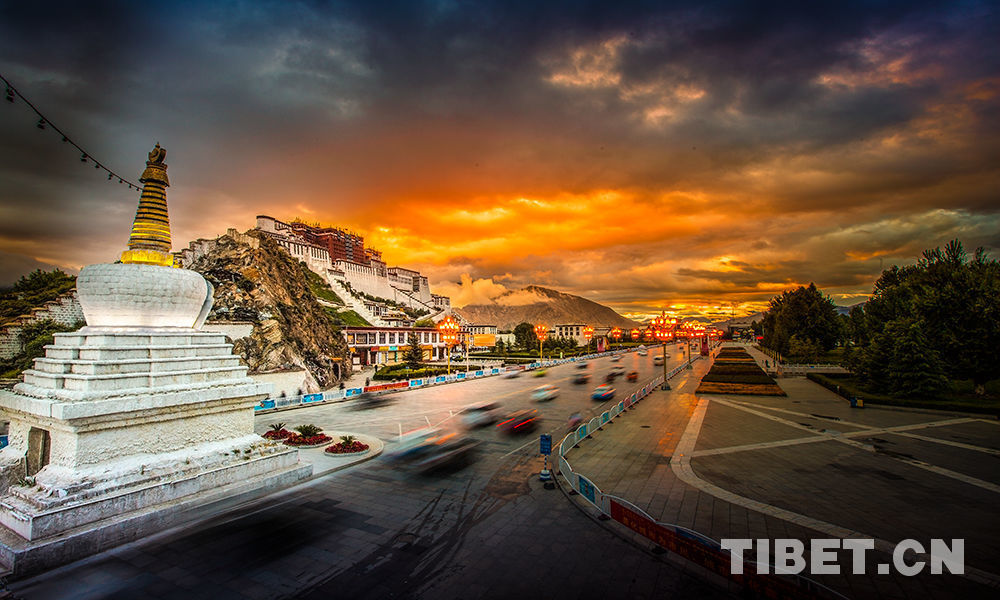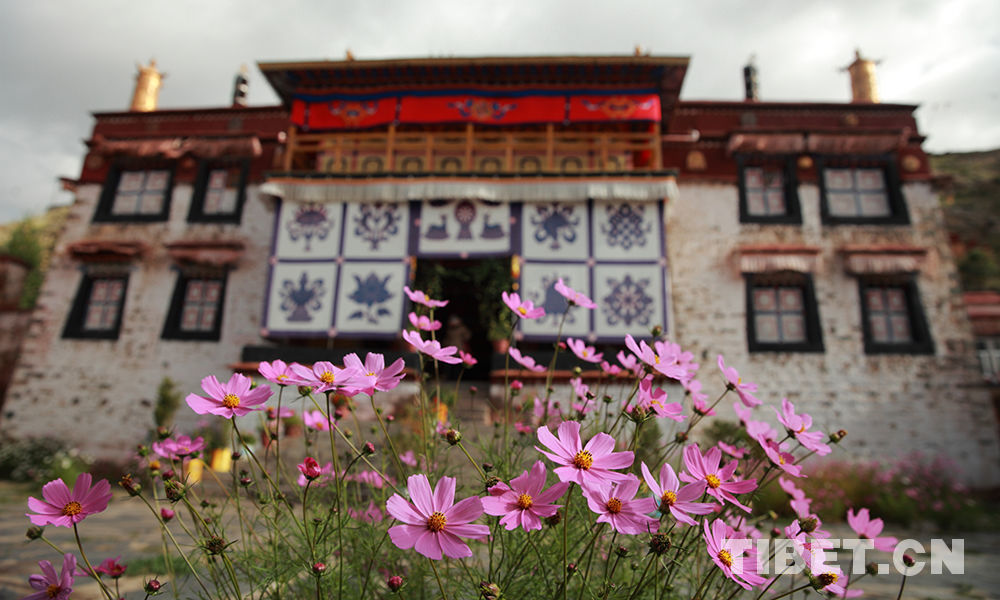Reincarnation System in last dynasty
The Central Government of China's Qing Dynasty (1644-1911) strengthened its governance of Tibet by supporting the Gelug Sect of Tibetan Buddhism after taking power.
"In the Qing Dynasty, the Gelug Sect developed very fast. Thus two Living Buddha Reincarnation Systems- the Dalai Lama and Panchen Erdeni were soom formed to adapt to the booming religious power and to stabilize the rule of religious leaders, " said Nagtsang Rinpoche, a Living Buddha and Deputy Director of the High Level Buddhism College of China when receiving an interview of the China Tibet Online.
During that period, the Qing government greatly enhanced the governing of Tibetan Buddhist Living Buddhas as well as affairs related to their reincarnation, and standardized and systemized its governance system.
In 1653, Emperor Shunzhi (1638-1661) granted the Fifth Dalai Lama the honorific title of "the Dalai Lama, Overseer of the Buddhist Faith on Earth under the Great Benevolent Self-subsisting Buddha of the Western Paradise" and bestowed upon him a gold album and a gold seal of authority.
In 1713, Emperor Kangxi (1654-1722) granted the Fifth Panchen with the honorific title of "Panchen Erdeni" and also bestowed upon him a gold album and a gold seal of authority. Thereafter, the titles and positions of the Living Buddhas of the Dalai and the Panchen were officially established by the Central Government of the Qing Dynasty.
Relying on the support from the central government, Grand Living Buddha of the Gelug Sect possessed great political and religious power in Tibet. Therefore, the reincarnation of the Living Buddha became a bone of contention within the privileged class in Tibet, which led to rampant corruption.
In an effort to turn the tide by overcoming the drawbacks that arose from the soul boys being nominated from the same tribes, the Qing Court decided to directly control the search and confirmation of the reincarnated soul boy of the Grand Living Buddha to tighten its governing of Tibet and improve stability along the country's southwestern border.
In 1792 during Emperor Qianlong’s Reign(1711-1799), a statute was framed stipulating that the reincarnated soul boy of the Dalai, Panchen and other great living buddhas should finally be determined by the ritual of drawing lots from a gold urn, said Nagtsang Rinpoche.
For this purpose, four major Buddhist Guardians will be summoned; the names of the candidates, as well as their birth years, will be written on the ivory slips in three languages: Manchu, Chinese and Tibetan; the ivory slips will be placed in the gold urn and the learned Living Buddha will pray for seven days before various Hotogtu Living Buddhas and High commissioners stationed in Tibet by the Central Government officially confirmed the reincarnated soul boy by drawing a lot from the gold urn in front of the statue of Sakyamuni in the Jokhang Monastery.
If there is only one candidate, his name should also be written on an ivory slip and put into the gold urn together with an empty ivory slip. If the empty ivory slip is drawn from the gold urn, then the boy should not be confirmed and the search for the reincarnated soul boy should continue.
The system of drawing lots from a gold urn ensured that the Central Government took control of the search and identification of the reincarnated soul boys of the Living Buddhas of the Dalai and Panchen, further clarifying the subordinate relationship between the Central Government and the local government of Tibet.
Source: Some of the information is from Xinhua.
Your Comment
Name E-mailRelated News
-
;











